Identify and Harvest your own Winter Chanterelle Mushrooms.
See the Video.
Hunting or foraging for Winter Chanterelle Mushrooms on Vancouver Island, BC. The wild mushroom, Craterellus tubaeformis, is also called the Yellow Foot or Yellow Legs and it’s easily identified. We harvest, clean, and cook these delicious wild mushrooms. Our Winter Chanterelle wild mushroom recipe for flaky tarts is a homestead favourite.
Hunting for Wild Mushrooms

Winter Chanterelle (Craterellus tubaeformis)
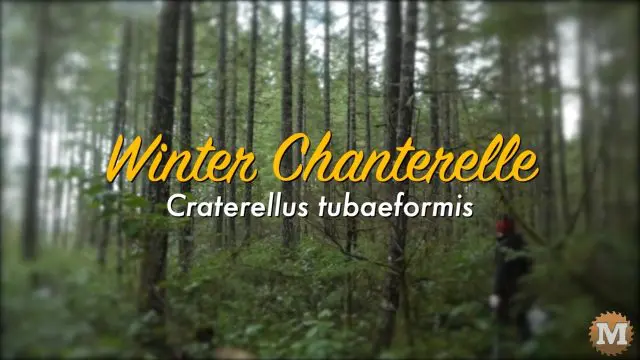
This is Kent from MAN about TOOLS and it was a beautiful Sunday morning on Vancouver Island when we headed out to look for Winter Chanterelle Mushrooms.
My wife and I have been picking mushrooms for years and we have one rule. If you can’t identify it, then it’s poison. So do your homework and go out with someone who knows mushrooms in your area, and don’t eat anything you don’t know.
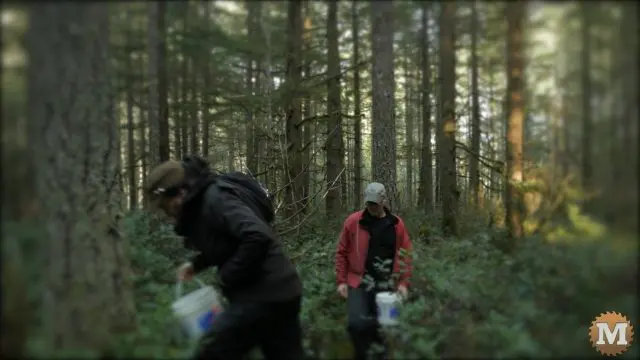
It’s just above freezing and there’s been quite a bit of rain recently. Waterproof, breathable hiking gear and rubber boots are a must. We are looking specifically for Winter Chanterelle mushrooms here on the west coast. They like to grow in mossy, dark areas with a lot of rotting trees. The summer was very dry this year so we’re not sure if we are too early yet to find any.
We bring a small bucket and knife with us to cut and collect them.
We think foraging for wild food is part of becoming more resilient and self-sufficient. It’s something we can do together and we like to get out in the woods whenever we can.
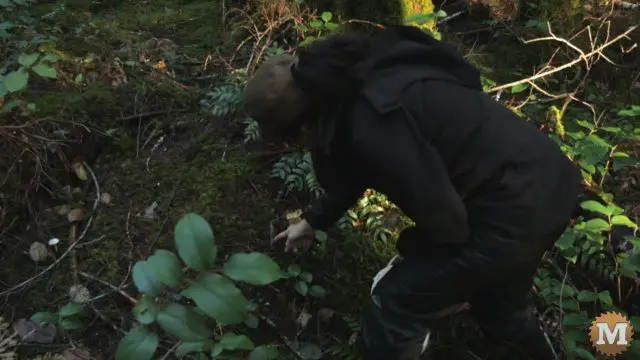
We did find a lot of mushrooms in general on this first outing so that was a good sign that we might find Chanterelles. We only pick what we know to be edible. And although these look beautiful, we leave them right where they are.
First Find of Chanterelle Mushrooms
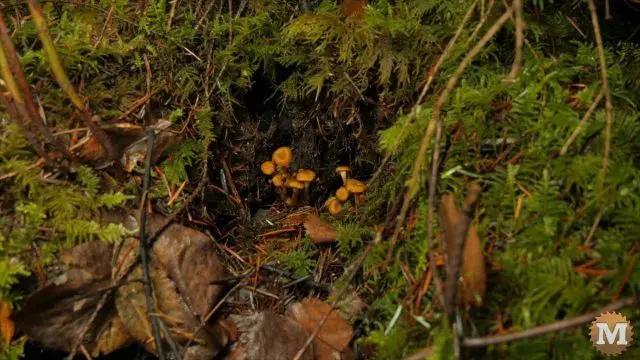
Finally we spotted a little cluster of Winter Chanterelles. They have a distinctive shape and colour and once you know what to look for they really stand out. They are delicate and usually come out quite clean.
It was our first find of the day and Marilyn had to dig a bit to get them out. When you’ve been searching all day you don’t want to leave any behind.
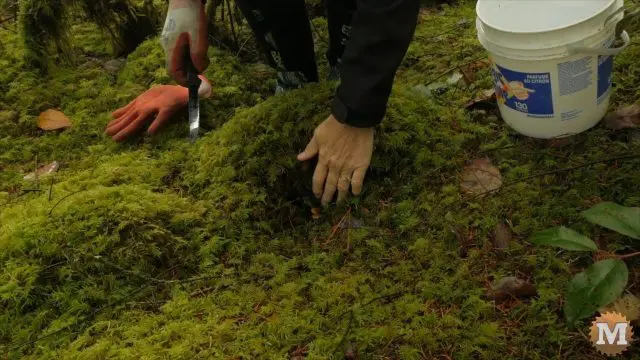
Here’s another small cluster of two. This first day didn’t yield much but we figured it’s early in the season yet.
(Disclaimer: As an Amazon Associate I earn from qualifying purchases. Thank you for helping to support my content this way. )
A Week Later, more Chanterelle Mushrooms
We came back the next weekend and did better. We started finding bigger mushrooms and in more numerous clusters.
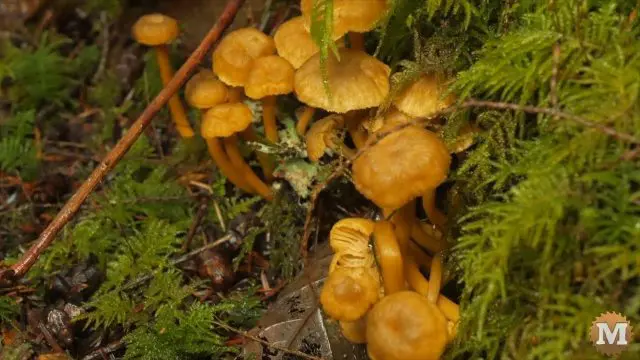
Some of the distinguishing features of this mushroom are it’s dimpled cap, it’s bright yellow stem that is often wrinkled, and the spore surface that’s a vein-like structure under the cap that blends into the hollow stem.
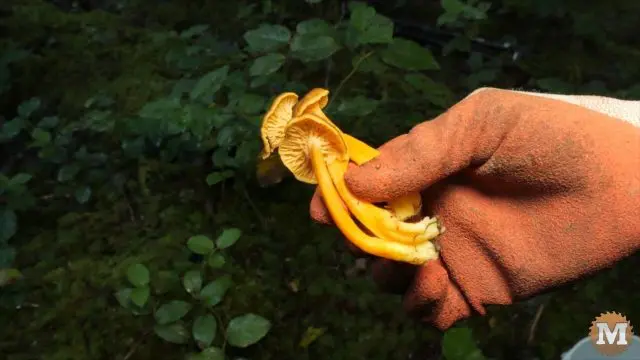
We have several books in our home library on wild mushroom foraging.
It gets dark pretty quick in the late afternoon this time of year so I’m glad I brought a light for the camera. It’s a small LED panel with a diffuser.
In our area these wild mushrooms are called the Winter Chanterelle but they can also be referred to as the Yellow Foot or the Funnel Chanterelle. We pronounce it “shan-trel” but it’s probably more accurate to say “shan-tA-rel”
The Best Yet
The following weekend was the best. We found the biggest clusters.
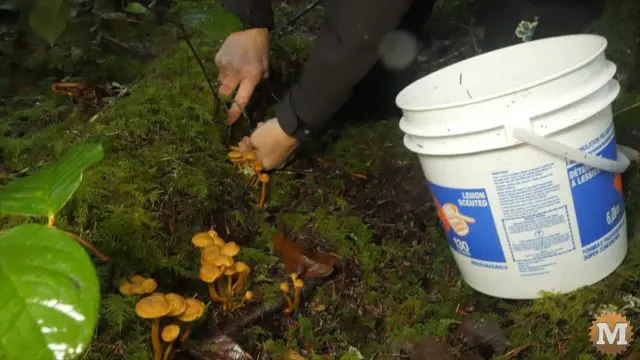
The Winter Chanterelle are similar to the ones found in the fall but they are smaller and have a hollow stem.
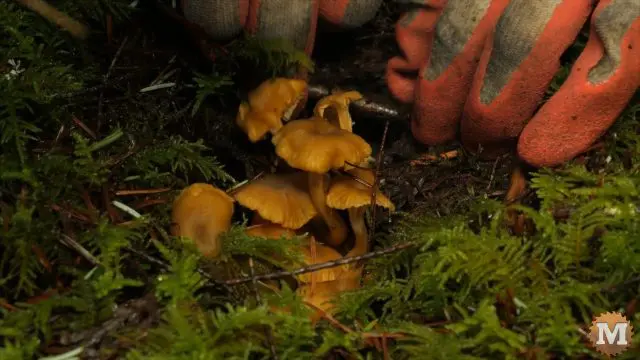
And then all that searching paid off, it seemed like we found the mother load. In just one area we found many many clusters of Chanterelles. This is where it gets to be really fun and you fill your bucket quite quickly.
